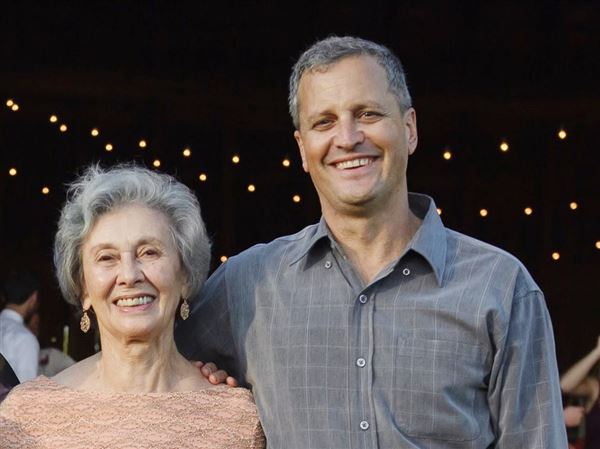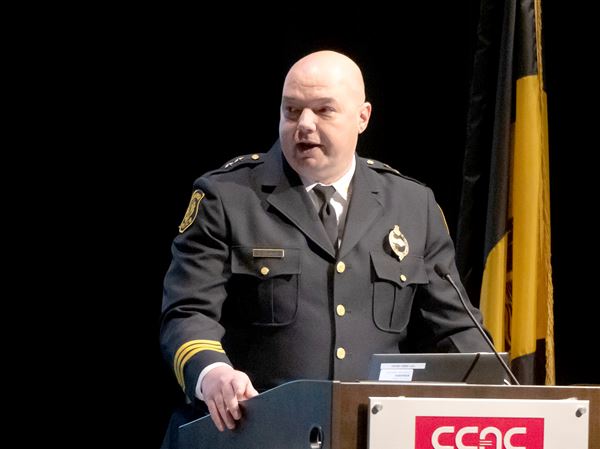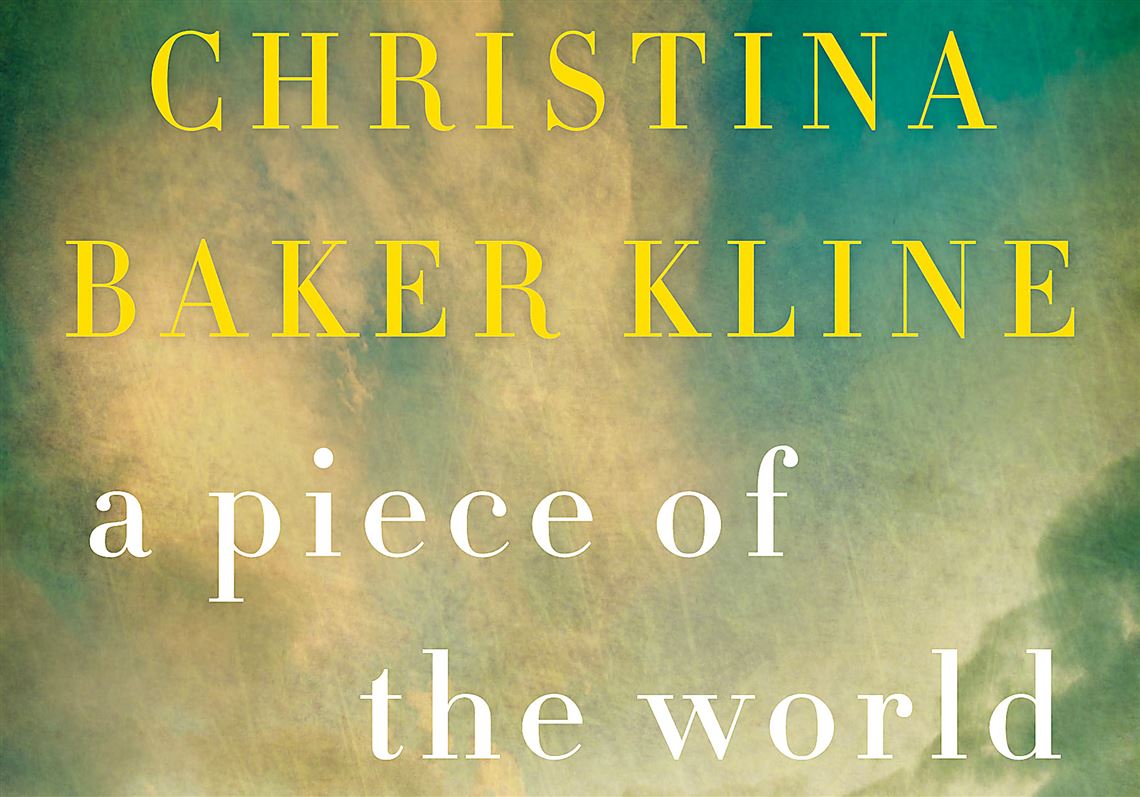Andrew Wyeth carried his paints and brushes during regular visits with Christina Olson at her family’s farm in Cushing, Maine. The American painter from Chadds Ford, Pa., often set up his easel on the third floor of the Olsons’ farmhouse or outdoors in a field.
Mr. Wyeth spent his summers in Cushing, where he met Christina Olson in 1939. He was 22, and she was a single 46-year-old woman whose daily life was filled with chores. Her body was ravaged by a disease that damaged nerves in her arms and legs. The result of those summer visits was Wyeth’s best-known painting, “Christina’s World.”
In her lyrical new novel, “A Piece of the World,” Christina Baker Kline uncovers Ms. Olson’s diamond-sharp mind and flawed heart, which longs for someone to rescue her from a life circumscribed by hardship and geography.
The author was a child when her family moved to Maine in 1970 and visited the Olson farm.
“We had a picnic in the field. We completely trespassed. My dad was just determined to have these cultural adventures without much respect for authority,” Ms. Kline said in a telephone interview.
The 53-year-old novelist, who lives in Montclair, N.J., speaks Wednesday at 7 p.m. in Carnegie Library Lecture Hall. Her appearance is sponsored by Pittsburgh Arts & Lectures.
Ms. Kline was so captivated by the truth of Ms. Olson’s life and family history, which includes witches and ghosts, that “A Piece of the World” hews religiously to the known facts. In her acknowledgements, the author credits three people with fact-checking this work of fiction, including David Rockwell, who is Andrew Wyeth’s nephew.
“I set myself this task with this real person. The more I learned, the more I was astounded by the true story,” Ms. Kline said. “A lot of people care very deeply about the Wyeth legacy, and in that part of the world, the Olson legacy, too.”
This year is the centennial of Mr. Wyeth’s birth, and the U.S. Postal Service is to issue a commemorative stamp of “Christina’s World” to mark the occasion.
Ms. Kline said she created a character who fit the facts, which required her to analyze real events, then “work backwards to create motivations. I would never have made the choices, as a novelist, that Christina Olson made.”
Told from Ms. Olson’s viewpoint, the novel shows how people in a rural American village stayed close to nature’s rhythms and endured hard times with frugal ways.
But Ms. Olson could be hard-hearted, too.
“She totally sabotaged her brother’s happiness. I want you to understand her and not hate her,” Ms. Kline said.
“She was a real person and so are many of the people in this novel. I am not sure I am ever again going to be up for writing a novel about real people. .... That felt like such an incredible responsibility.”
Ms. Olson’s romance with Walton Hall, which unfolded over four summers, was real, and the novel uses quotes from actual letters the two wrote. Ms. Kline found that source material in a book written by Jean Olson, Ms. Olson’s niece.
The novel, Ms. Kline said, “feels like a philosophical meditation on what it means to be alive. I feel that this book taught me to become a novelist. I had to dig so deep to create meaning and structure in a kind of formless story. I’ve written six novels. You would think I would know how to do it by now.”
Marylynne Pitz: mpitz@post-gazette.com, 412-263-1648 or on Twitter:@mpitzpg.
First Published: February 25, 2017, 5:00 a.m.

















